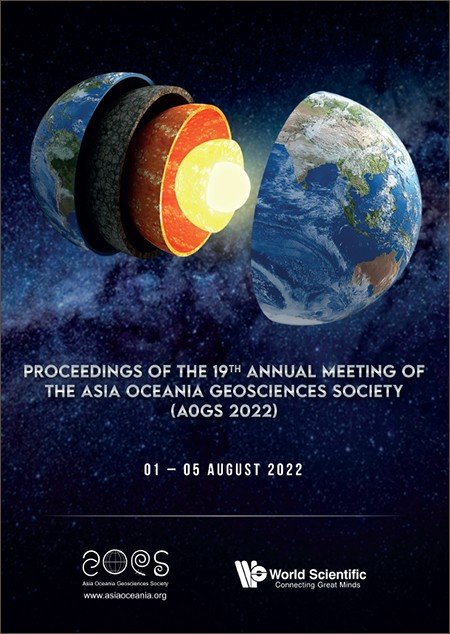SIMULATING THE STORM-SURGE IN THE BAY OF BENGAL
In order to simulate the storm surge in the Bay of Bengal (BoB), the Wind-Wave-Water level coupling model is introduced in this paper. In this study, an Atmosphere-Wave-Hydrodynamic real-time coupled model (WRF + SWAN + FVCOM) is established using the Model Coupling Toolkit (MCT) coupler, and by this coupled model, the storm surge during tropical storms considering the wave radiation stress was calculated. The cyclone path, wave height, wind speed and water level of this coupled model was verified using the typhoon path of JTWC, the wave height and wind data of Jason satellite data and the site-measured water level data of several nearshore stations. Using this model, the storm surge caused by 38 Cyclones affecting the BoB from 1987 to 2018 was calculated, and the distribution of BoB extreme storm-surge of various return years was analyzed according to the calculation results. This paper also discussed the influence of wave radiation stress on storm surge for some severe cyclones. This study can guide the disaster prevention and engineering design of nearshore projects.



